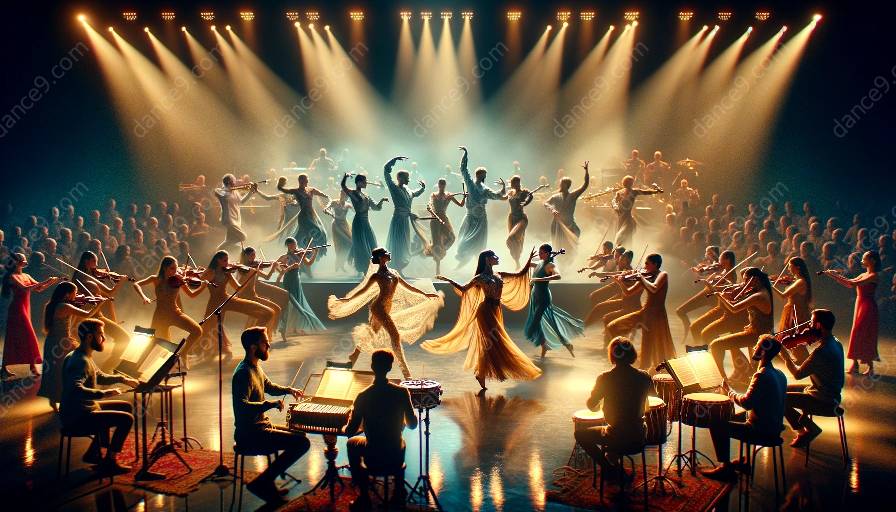Music and technology play significant roles in the development of dance pedagogy, influencing the integration of dance and music and contributing to the evolution of dance theory and criticism.
Dance and Music Integration
The integration of dance and music has been a fundamental aspect of dance pedagogy for centuries. Music serves as the rhythmic anchor for dancers, guiding their movements and establishing the emotional tone of a performance. In modern dance pedagogy, technology has further facilitated the seamless integration of music into dance routines.
Advancements in audio production and digital music software have enabled dance instructors to curate bespoke soundscapes that perfectly complement choreography. Through the use of technology, dancers can explore a diverse range of musical genres and experiment with spatialized audio to enhance their performance experiences.
Enhancing Movement with Technology
Technology has also revolutionized the teaching of dance techniques and styles. Motion capture systems, for instance, allow dancers to visualize and analyze their movements in real-time, providing valuable feedback for refining their technique. Additionally, virtual reality (VR) and augmented reality (AR) applications have opened up new possibilities for immersive dance training, allowing students to engage with virtual environments and characters to expand their creative expression.
Furthermore, the use of wearable technology, such as smart fabrics and motion-tracking devices, has enabled dancers to monitor their physical exertion and receive personalized performance insights, ultimately contributing to injury prevention and optimized training regimens.
Dance Theory and Criticism
The integration of music and technology has significantly influenced dance theory and criticism, shaping the way scholars and practitioners perceive and analyze dance as an art form. The dynamic relationship between music and dance has prompted interdisciplinary studies that explore the psychological, cultural, and historical connections between these expressive mediums.
Interdisciplinary Dialogue
Through the lens of dance theory and criticism, the symbiotic relationship between music, technology, and dance pedagogy has sparked interdisciplinary dialogue, leading to innovative research in areas such as embodied cognition, performance technology, and sonic choreography. This interdisciplinary approach has enriched the discourse surrounding dance education, fostering a deeper understanding of how technological advancements and musical influences continue to redefine the boundaries of dance as a visual art form.
Critical Analysis
Furthermore, the integration of music and technology in dance pedagogy has prompted critical analysis of the ethical and cultural implications of technological interventions in traditional dance practices. Scholars and critics have examined the impact of technological mediation on the authenticity and integrity of dance performances, leading to thought-provoking debates on the balance between tradition and innovation in the realm of dance education.
Conclusion
The synergy between music, technology, and dance pedagogy underscores the dynamic evolution of dance as an art form. As music and technology continue to shape the landscape of dance education, the integration of dance and music, along with the critical discourse surrounding dance theory and criticism, will remain pivotal in cultivating a vibrant and progressive dance community.

















